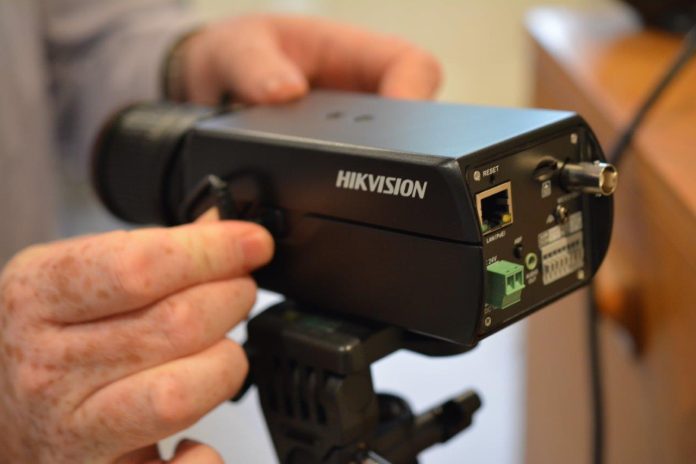What are some of the things installers who are unfamiliar with 1080p HD cameras consistently get wrong? And how much difference might rectifying basic problems make to the quality of 1080p image streams?
THERE’S no point pretending IP video doesn’t have certain challenges for those who don’t have a working understanding of networks. Any networked solution is the product of layers of integration and it’s bringing multiple devices together into a whole that’s a bit tough.
Sure, you can install an IP camera and plumb it to a local monitor using the external video out BNC. But if you have to create a subnet yourself, either by setting up an NVR or server, linking a workstation, downloading or installing a VMS, configuring a PoE switch and getting the cameras happening, the whole can seem so much bigger than the sum of its parts.
It’s not just networking that can be challenging. IP cameras are a bit different to analogue cameras. You need to take into account different challenges when you install them, bearing in mind the possibility of motion blur and excessive noise as light levels fall. And when it comes to installing 1080p HD, the challenges are greater still. Taking this into account, what are the few things installers may get wrong with high quality IP video? Could a small amount of additional understanding offer improve system performance and customer satisfaction?
According to Andrew Del Biondo of Camvex, when it comes to installing IP video some installers get very simple things wrong that have a large impact on camera performance. He says the 2 biggest mistakes installers make are getting the shutter speed wrong and messing up the bit rate settings proportional to resolution and frame rate.
Part of the problem, according to Del Biondo, is that the market sells the idea of pixels not image quality and this makes users and installers think high quality video streams come in a box. But with IP video image quality is not about lots of pixels at the camera sensor. Instead it’s about knowing how to get the most out of a camera and an available network.
“I find some CCTV installers don’t understand the principles of correct camera setup – they struggle with selecting the right shutter speeds, etc,” he says. “You might see fantastic pictures when nothing is moving but as soon as something moves through a scene you get motion blur caused by incorrect exposure settings.
“The problem with this is that when there’s an incident – when something is moving – that’s when you want the sharpest possible still image from your camera. But too often, systems are installed that fail to meet these basic requirements. It can mean the entire solution is a failure.
“The issue is that bit rate settings need to increase as you increase resolution and frame rate but we see installers with no understanding of bit rate at all,” he says. “They’ll set bitrate to meet a storage demand, not to offer a quality recorded image."
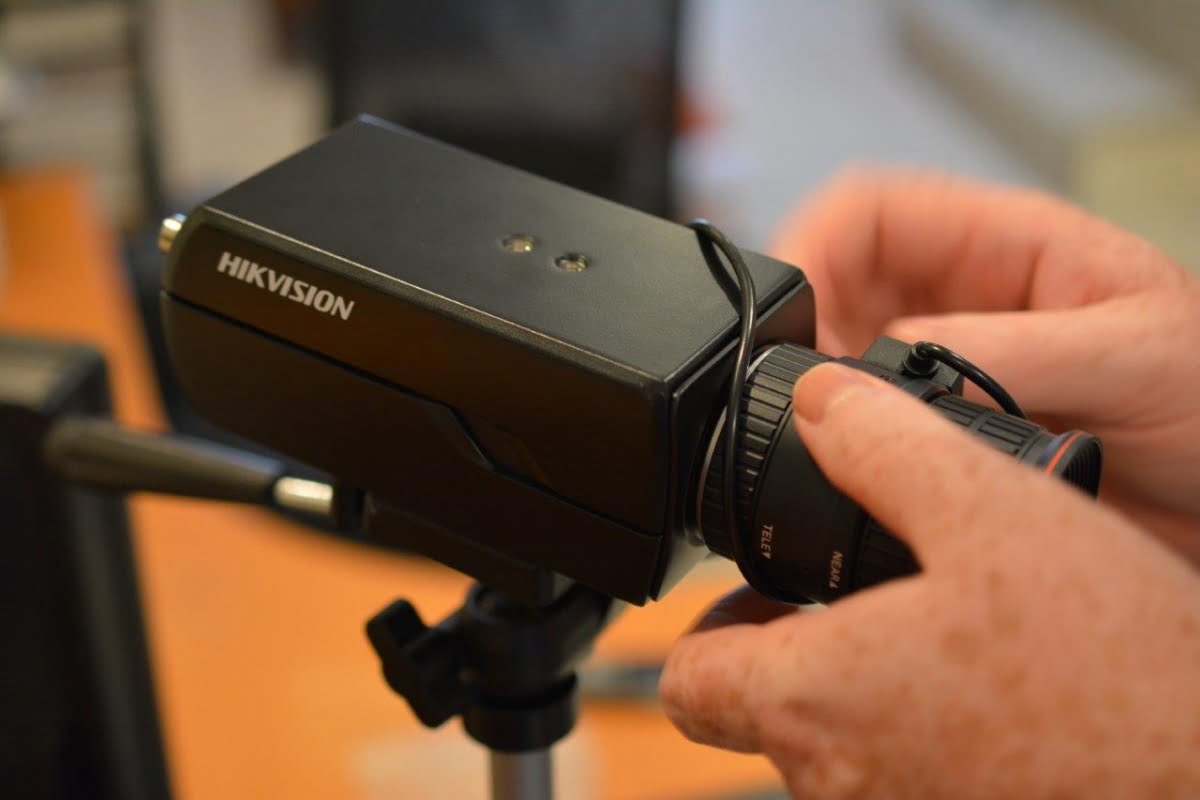
“With 1080p cameras you can have a bitrate of 20kb or 80kb, when there’s scene change the lower bitrate will have more compression interface. The bit rate needs to be matched to suit. As an analogy, it’s like mixing the right amount of cordial with the water when making drinks for your kids.
“Bit rate is the cordial and if you don’t have a big enough bit rate, the image stream is diluted – it’s not going to taste sweet,” Del Biondo explains. “You can’t design a 1080p system with a 20kb bit rate. It should be 60-80kb if you want sharp images without compression artefacts.”
“I find some CCTV installers don’t understand the principles of correct camera setup – they struggle with selecting the right shutter speeds”
Over at Hills Lan 1, Basil Delimitros, says that whenever the company is recommending camera models it will always look at key factors including lighting and depth of field.
“Of great importance is what type of lighting conditions the camera will be subjected to,” says Delimitros. “Strong backlight may require a WDR camera, low light will make use of a low light camera, while extremely low or no light at all will certainly benefit from IR illumination.”
“From the point of view of installers it’s vital to identify where your capture point is located and make use of the appropriate lens option,” Delimitros explains. “For example, a camera may be placed to capture vehicles driving down a 30m lane and the customer will have to determine whether they would like to capture that vehicle as it enters the lane at the 30m, or closer to the camera at the 10m point. These factors will directly influence the lens option used.
“Depending on the lens focal length, the same 1080p HDTV camera may be used to either provide general coverage of a wide area, or high level detail of a specific location.”
For Hills’ Pacom’s Keiron McDonough, getting the lens right is a key issue.
“If you’re installing a full body camera, ensure you have a good quality megapixel lens,” he says. “There’s no point paying for a quality camera then installing with an inferior lens. Next, you need to make sure it’s focused for both day and night and if the camera has auto back focus, then use that."
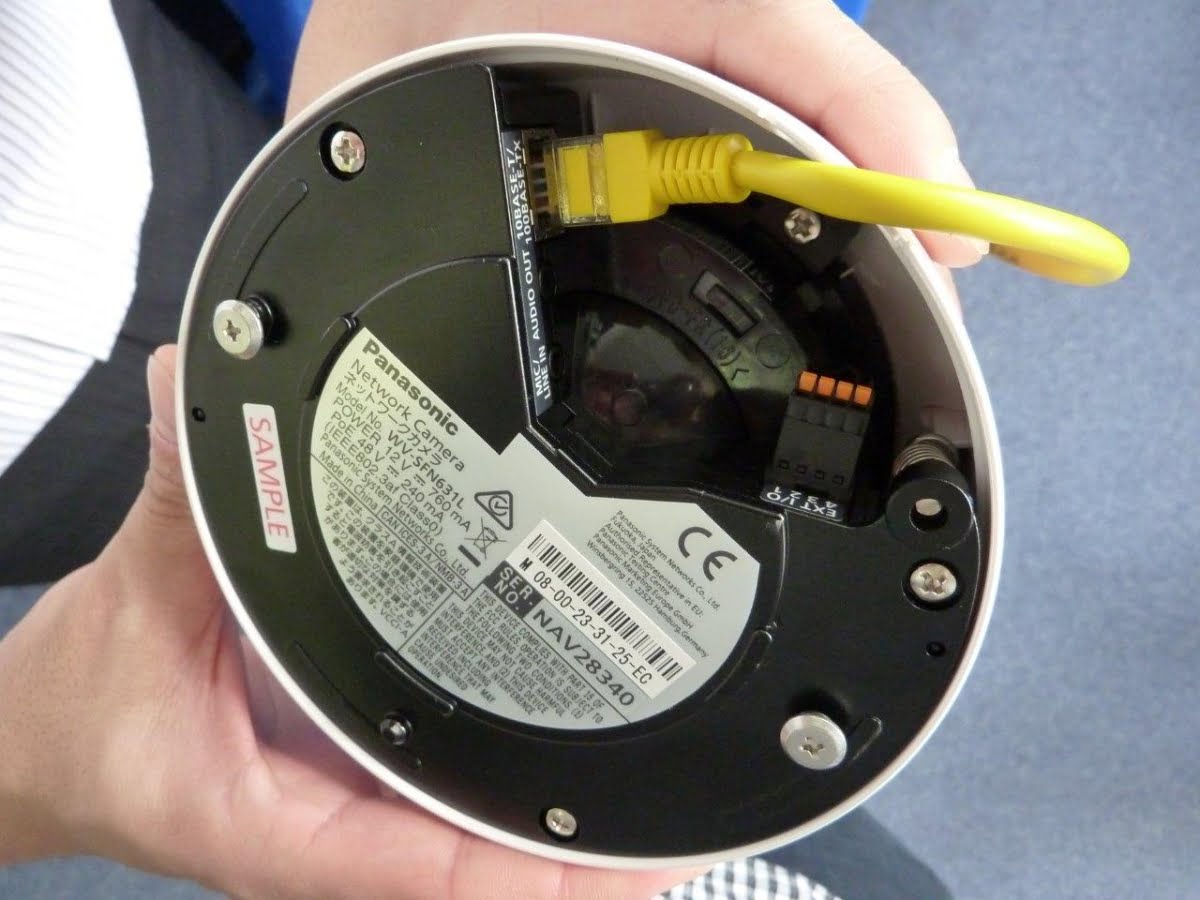
“Another important aspect of any CCTV installation is checking with the end user that the camera is correctly positioned for the view they need. And check hard drive storage and bandwidth requirements before equipment is installed. Too many times we get questions such as, “now I have installed the equipment how long will the cameras record for?” There are plenty of storage calculators online that allow techs to check this.”
According to McDonough, there are also neat features installers should look out for to meet the demands of specific applications. He says in the case of Panasonic’s 1080p PTZ, these include the ability to tilt the camera above the horizon. Something else that can be very useful is rain wash technology, which keeps the dome clear in the rain, as well as keeping it clean of dust and dirt.
“From the point of view of installers it’s vital to identify where your capture point is located and make use of the appropriate lens option”
Mark Franklin at Sony says the 2 tips installers should bear in mind when trying to get the best from a top-line 1080p HD camera are the network and the lens.
“The network infrastructure and integrity must be of the highest consideration when designing an IP network system,” Franklin says.
“Far too many systems are compromised by inferior network peripherals, including network switches. Installers should also ensure the camera lens matches the resolution of the camera, for instance, be sure to use a 3MP lens with a 1080p camera.”
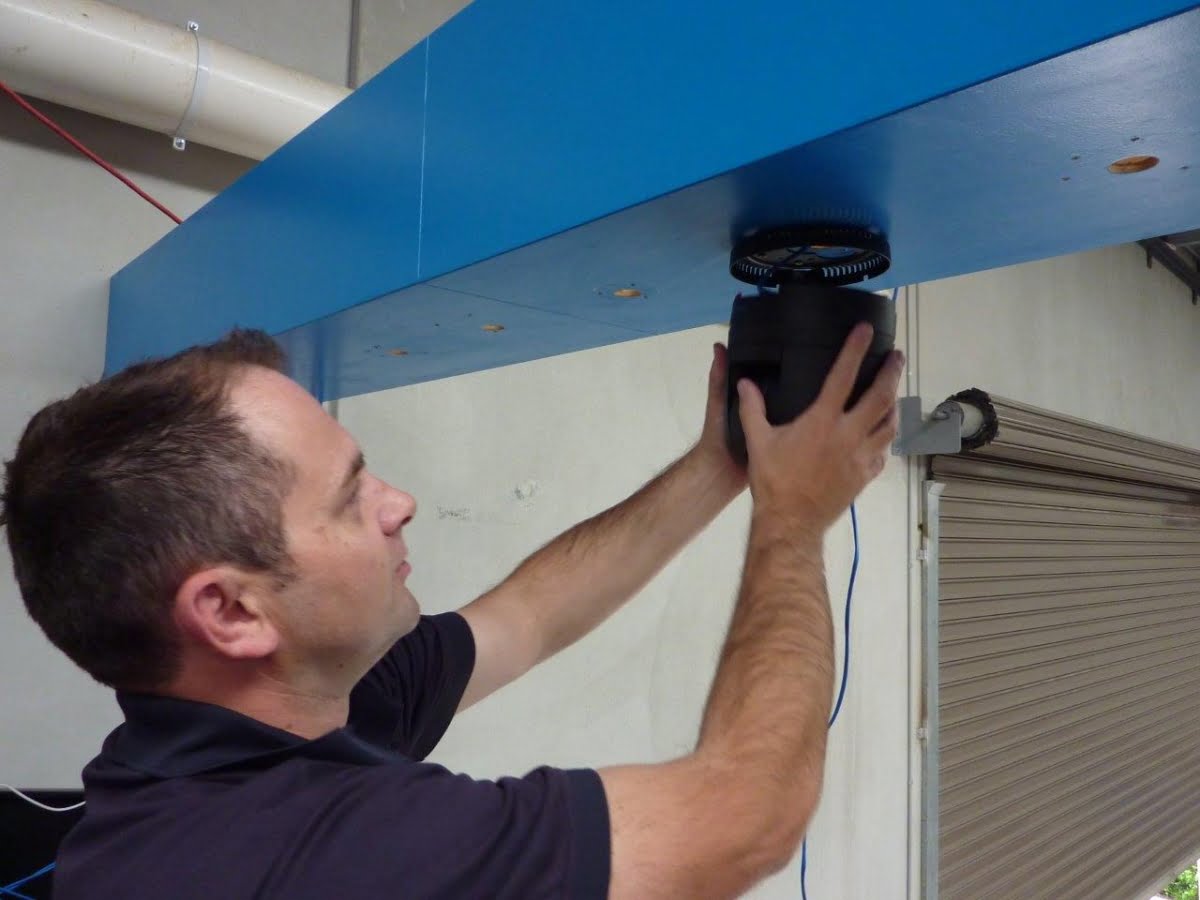
Meanwhile, Steve Malesevic at Bosch Security Systems says network quality and correct camera position are key factors to consider.
“Installers need to make sure the positioning of the camera will provide the optimum image quality with respect to changing light conditions and the point of origin of various light sources,” Malesevic explains. “Additionally, the network is stable and dimensioned correctly.
“With Bosch 1080p HD cameras, start out by selecting an appropriate pre-configured user mode like ‘Low-Light’ or ‘Day/Night’ modes. These modes have their settings pre-tweaked to use in certain conditions to provide an excellent starting point. In most cases, the installer will not need to configure the camera settings any further.”
For Frank Olson at Mobotix, a good installation tip when using a low bandwidth link on a hemispheric camera, is to set the image angles in low resolution, and then once happy with the image, to increase the resolution to high resolution.
“This setup saves on bandwidth, time and frustration levels,” says Olson. “Something else that’s important is to set up exposure zones in differing light. This means revisiting the site at different times of the day and in some cases different seasons.”
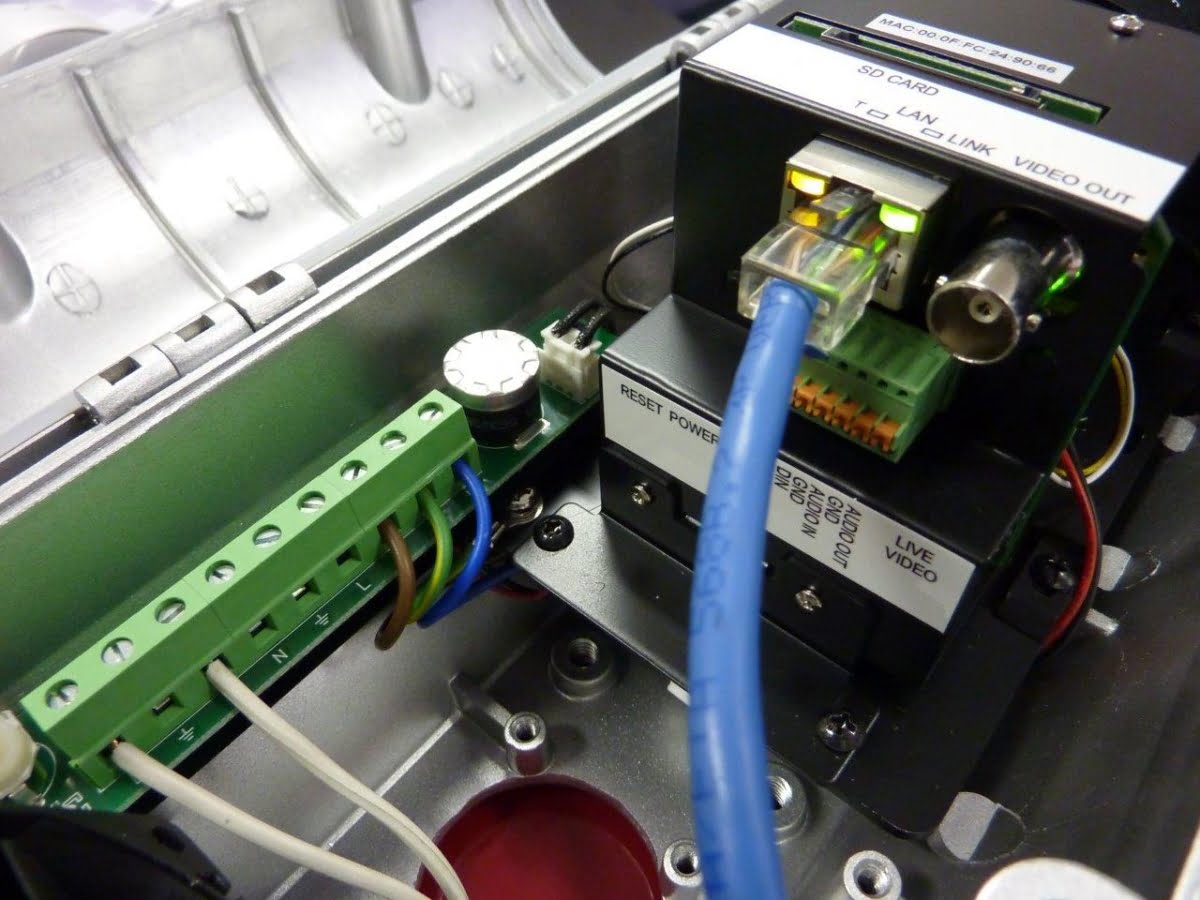
According to QSS’ Rob Rosa, most good installers are completely across what’s needed to get camera installation right.
“Most our installers are pretty switched on guys so they generally already know they need to check default settings as these differ from manufacturer to manufacturer and out-of-the-box will generally not offer the best result from a camera,” Rosa says.
“For less experienced technicians, the big one is to check your bit rate, especially in harsh, busy and/or low light conditions, as this will determine true storage requirements and can cut short the amount of footage you can store.”
From the point of view of Michael Bates at Hikvision, bandwidth is a critical consideration at 1080p resolution, so installers need to be sure to get the setup right with recording settings and use the smart features designed to maximise performance and reduce bandwidth utilisation.
And Sylo’s Peter Jeffree says the secret it to follow the system and design specifications during installation.
“We often notice that when installers pay little attention to the aesthetic and practical value of camera placement, architects, security managers and end users become unhappy, and often attribute poor camera angles, focus and placement to poor camera quality,” he says.
“Installers need to make sure the positioning of the camera will provide the optimum image quality with respect to changing light conditions and the point of origin of various light sources”
C R Kennedy’s Phil Viggiano agrees that the basic things are the most important and he says these core issues are why IT specialists can never really replace trained security installers in our industry.
“No matter how much technology is introduced into cameras, correct placement of the camera is still the most critical issue,” Viggiano explain. “Lighting scenarios such as back lighting, cross lighting, as well as the correct choice of lens, still has a huge bearing on image quality.”
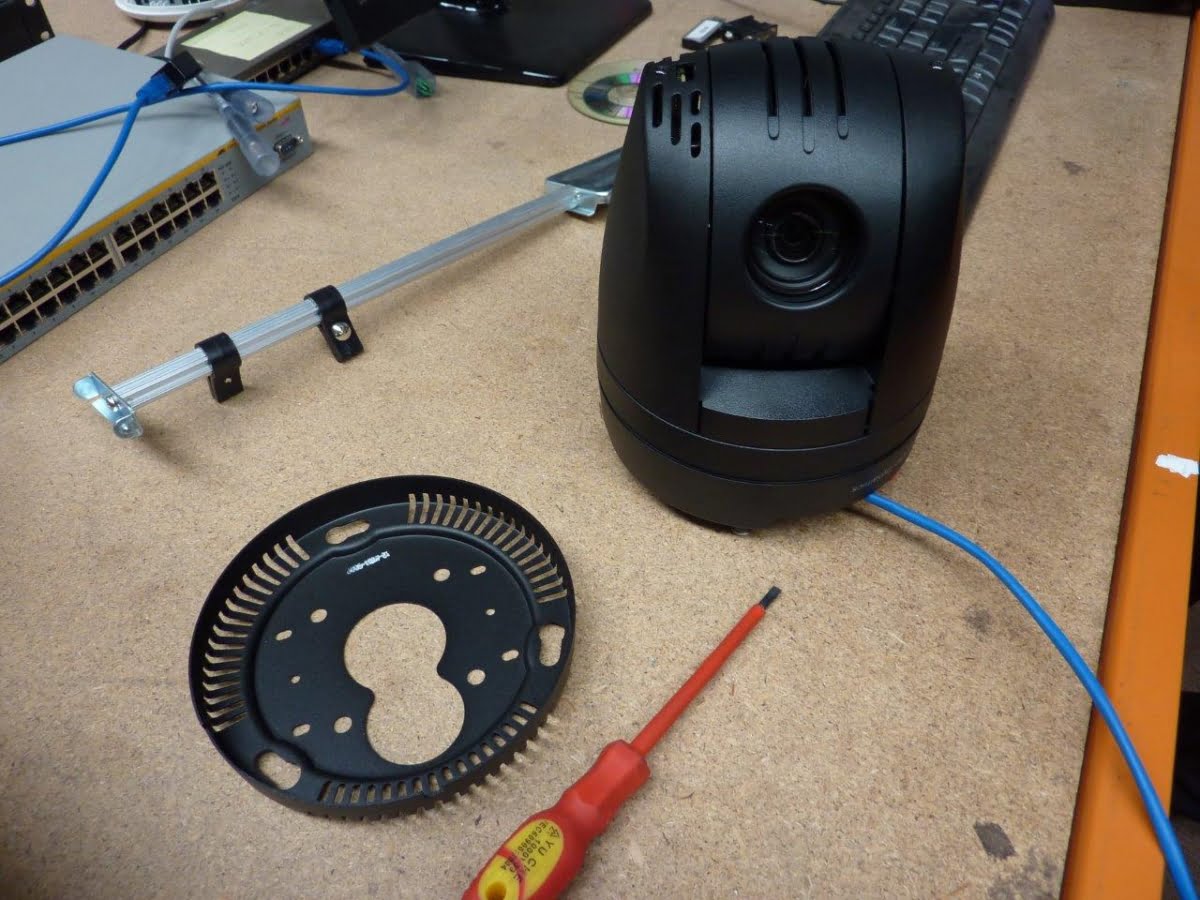
Canon’s Ben Crosariol says installers need to ensure they look for a quality camera to start off with – getting this part right will cause less issue and create a better long lasting relationship with customers.
“Installers should really know the camera before going in for an install as one 1080P PTZ can be far superior to another which may look the same on paper,” he says. “And look at all the available menu and setting options to ensure you are really getting the best out of the camera.”
For Vivotek’s Stacey Lien, image quality and bandwidth management are the most important evaluation points.
“Bandwidth consumption might be increased when a camera is designed with high resolution and image technologies for securing superb image quality,” she says. “A top-line camera should be able to manage the bandwidth consumption while delivering good image quality in high resolution.”
IndigoVision’s Sean Borg takes a solution-based approach.
“Know your application and what the client is trying to fix,” he says. “Is it a locally-contained site or a corporate site utilizing a WAN or VPN? If you know the site’s needs, understand the potential scene variables including lighting, the level of movement, the level of detail expected by the end user, then you should be able to get the most out of quality 1080p HD camera.”
By John Adams
“For less experienced technicians, the big one is to check your bit rate, especially in harsh, busy and/or low light conditions, as this will determine true storage requirements”




